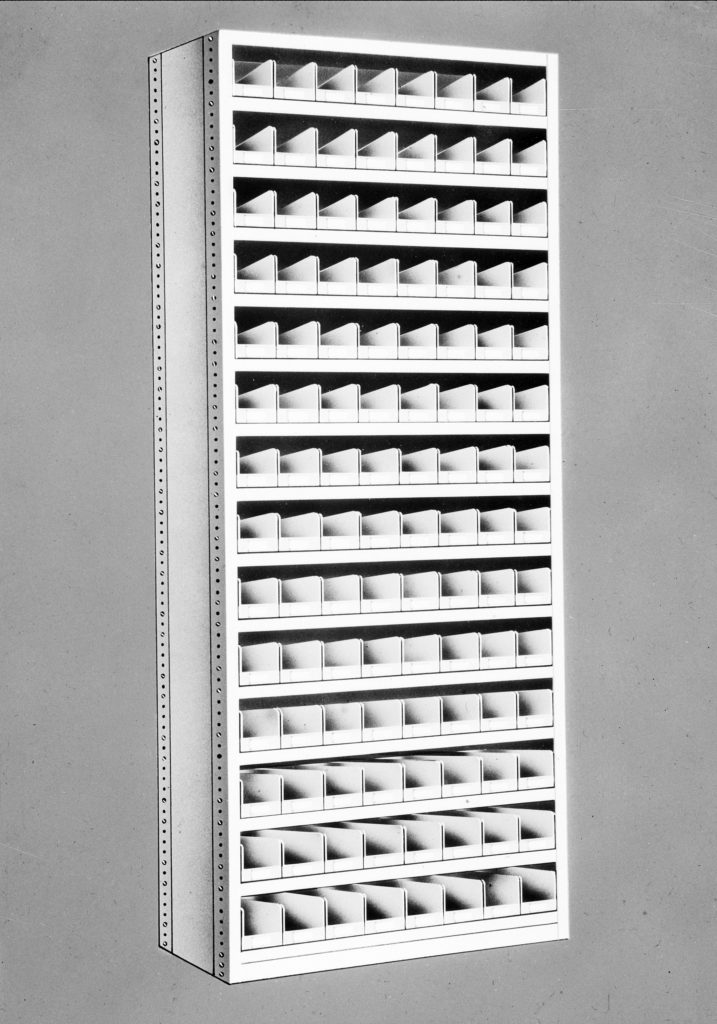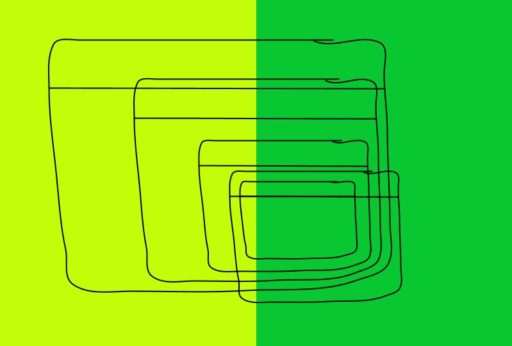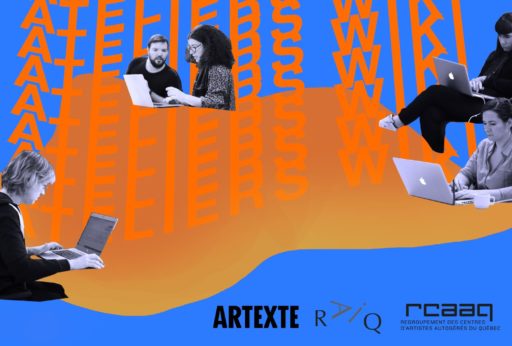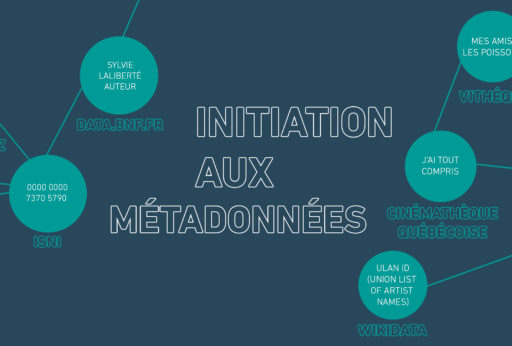For this second column in the CQAM newsletter, I will address the theme of the blockchain and its applications in the cultural sectors. Will this technology have a significant impact on the distribution models of media works?
The technology
The blockchain is a digital registry distributed over a network, which cannot be falsified and in which transactional information is recorded. Each entry in the database forms a new block in the chain and each new block must be checked and validated. This verification uses the principle of distributed cryptography : a network of computers work together to solve a complex mathematical problem. This system ensures that no link in the chain has been altered and that the new link is logically integrated into the chain.
The applications
Cryptocurrencies are undoubtedly the application of this technology that has received the most media attention in recent years. However, Bitcoins, Ethers and other cryptocurrencies are not the only possible use for the block chain. More and more projects aim to use this type of register for various purposes: copyright management, crowdfunding, “smart contracts“. In Quebec and Canada, publishers (Copibec and Scenarex), musicians (Smartsplit) and visual artists (the attribution ledger and “passport” developed by Prescient with RAAV and CARFAC) are exploring these possibilities.
The Breaker Model
I suggest that we take a look at a project that started in 2016 in the United States in the media industry. Breaker (initially SingularDTV) is a content distribution application whose business model is based on the technology of the Ethereum blockchain. Breaker proposes to evolve the entertainment industry by offering creators and their audiences direct (peer-to-peer) transactional relationships. The beta version was launched in January 2019.
The promotional rhetoric around the project recall a form of cyberutopia inherited from the early days of the web (decentralization, community, transparency, new ethics and the disappearance of gatekeepers), nevertheless in the service of commercial interests.
In a nutshell, the Breaker model works as follows: artists authenticate themselves on the Breaker Pro platform through a Lighwallet or Metamask virtual wallet (in which their Ether will be stored) and upload their content to the platform. They get to price their content. The public can then buy or rent this content through the Breaker application and the revenues generated by these transactions are directly transferred to the artist’s wallet. Breaker charges a fixed fee for each content uploaded to the application ($10 per movie and $1 per musical piece), then takes a 20% cut on each transaction.
In addition to its content distribution platform, Breaker launched additional services in spring 2019:
- Tokit allows creators to manage their intellectual property through a token economy based on the Ethereum block chain. A fixed fee of $100 in Ether is applied to the creation of a new set of tokens. The creator determines the number of tokens he wishes to assign to his project and can distribute them among all contributors. He may also make some or all of the tokens available for purchase by “supporters” in order to finance the realisation of his project. When the project is completed and distributed on the Breaker application, the revenues generated are then automatically and proportionally distributed among all token owners.
- Rentalist is a platform in development (currently operating in New York) for the rental of production equipment.
A model for the industry or the independant creators?
The advantages of the Breaker model for artists are the direct access to a distribution platform, real-time remuneration and access to their data, which promotes a more detailed knowledge of their audiences. However, this model is intended for a group of creators who possess digital knowledge and skills that are not yet widely available in the field (blockchain, cryptocurrency management, token ecosystem, business intelligence). These skills are not required for the public, who can still use a credit card when renting a movie on the Breaker app. It may also be noted that while Breaker’s promotional discourses seem to be directed at the independent creator wishing to free himself from intermediaries, the main partnerships that are promoted in the media are with the film distribution companies Oscilloscope Laboratories and FilmRise and the record label Lowtemp.
It will be interesting to see in the coming months how relevant the model is for artists. If Breaker is trying, in its beta version, to attract creators, it will also have to find its audience.
Best,
Photography : Mário Novais (1899-1967) CC BY-NC-ND 2.0




